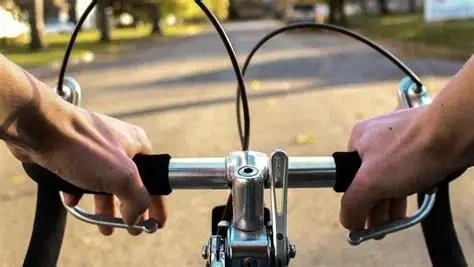
- identify-your-cycling-priorities
- integrate-cycling-into-your-routine
- optimize-time-with-smart-training
- overcome-common-barriers-to-riding
- mental-health-and-the-cycling-effect
- real-cyclists-how-they-make-it-work
- gear-that-makes-cycling-more-efficient
- long-term-strategies-for-sustainable-cycling
1. Identify Your Cycling Priorities
When figuring out how to balance cycling with a busy life, the first step is clarity. What does cycling mean to you? Is it about fitness, commuting, mental clarity, or training for a race? Once you define your “why,” it becomes easier to shape your habits around it.
For example, someone using cycling for daily stress relief may benefit from shorter, consistent rides, while a weekend warrior training for a gran fondo needs a different schedule. Be honest with yourself, and remember: no cycling goal is too small or too ambitious.
2. Integrate Cycling Into Your Daily Routine
One of the most effective ways to stay consistent is to blend cycling into your existing lifestyle. Commute to work by bike. Ride to the grocery store. Swap your Sunday coffee run for a local café ride. These little changes add up.
If you have a desk job, early morning or evening rides might work best. Use calendar blocks to protect riding time the same way you would for meetings or appointments. For parents, consider tag-team scheduling with your partner or involving the kids using bike trailers or family rides.
3. Make the Most of Limited Time With Smart Training
If time is tight, don’t just ride longer—ride smarter. High-intensity interval training (HIIT) on the bike delivers serious fitness gains in less than 30 minutes. Indoor trainers with virtual platforms like Zwift or TrainerRoad let you ride hard without leaving home.
Structured workouts help you train more efficiently, so even a 45-minute session can yield real endurance benefits. When used properly, tech tools like heart rate monitors or power meters can help you track progress and avoid overtraining.
4. Tackle Common Obstacles That Derail Your Ride
We’ve all been there—weather turns bad, deadlines pile up, motivation dips. The trick is not to let a skipped ride snowball into a cycling hiatus. Have a fallback plan, like an indoor ride or even a recovery walk.
Keep your bike clean, tires pumped, and gear ready. A 10-minute prep delay can become a 30-minute excuse not to ride. For bad weather, invest in good rain gear or layer smartly to stay warm without overheating.
5. Don’t Underestimate the Mental Benefits
Cycling isn’t just a physical outlet—it’s a powerful mental reset. Riders often report that just 20 minutes on two wheels clears the mind better than an hour at the gym. The repetitive motion, fresh air, and solo rhythm create space for reflection and stress relief.
Especially in high-pressure routines, cycling can be a form of active meditation. Remember that mental wellness is just as valid a reason to ride as weight loss or cardio goals. When you treat cycling as self-care, it’s easier to prioritize it.
6. Real Cyclists: How They Make It Work
Sarah, a marketing executive in Chicago, rides her folding bike five miles to work every day—even in winter. “It’s my daily therapy,” she says. “If I skip it, I feel it in my focus and energy.”
Jared, a father of two and weekend gravel rider, uses his lunch break to train. “I built trust with my boss by staying productive. Now I use that hour for a spin and eat at my desk. Everyone wins.”
These stories prove that balancing cycling with a busy life isn’t about having more time—it’s about making intentional use of the time you do have.
7. Use Gear That Saves Time and Adds Flexibility
Investing in the right equipment can make or break your riding habit. A commuter bike with fenders and lights makes early or rainy rides more practical. A high-quality backpack or pannier lets you carry essentials without bulk.
Indoor trainers, modular clothing layers, and smartphone mounts also help you ride with more ease and less friction. For gear that supports your goals—whether you're a city rider or a weekend trail explorer—visit Cycling Guider for curated cycling products designed to fit busy lifestyles.
8. Commit to a Sustainable, Long-Term Approach
Cycling is not about perfection—it’s about progress. Life will interrupt your schedule sometimes, and that’s okay. Focus on consistency over intensity. Celebrate small wins: your first full week of commuting, your fastest 10K, or even your first time riding in the rain.
Set seasonal goals and adjust based on life events. You don’t need to ride every day to be a cyclist. What matters most is that you return to the saddle whenever you can. In the long run, cycling becomes less of a “thing you do” and more of a lifestyle you live.

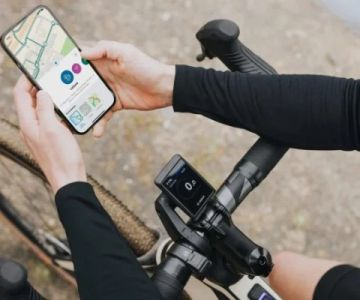



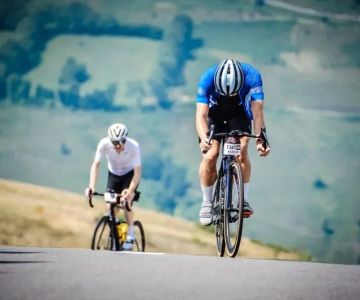

 Billet BMX5.0 (2 reviews)
Billet BMX5.0 (2 reviews)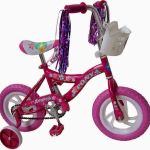 Far East Children Bicycle Factory1.0 (1 reviews)
Far East Children Bicycle Factory1.0 (1 reviews) Archer Motorsports, Inc.4.0 (8 reviews)
Archer Motorsports, Inc.4.0 (8 reviews) YEP Bike Works4.0 (55 reviews)
YEP Bike Works4.0 (55 reviews) Gorham Bike & Ski4.0 (498 reviews)
Gorham Bike & Ski4.0 (498 reviews)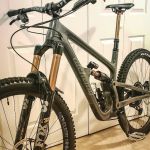 Alchemy Bikes4.0 (37 reviews)
Alchemy Bikes4.0 (37 reviews) How to Teach Kids to Ride a Bike: A Step-by-Step Guide for Parents
How to Teach Kids to Ride a Bike: A Step-by-Step Guide for Parents Tips for Riding on Busy City Streets: Smart Strategies for Urban Cyclists
Tips for Riding on Busy City Streets: Smart Strategies for Urban Cyclists Best US National Parks for Mountain Biking: Ride Epic Trails Across America
Best US National Parks for Mountain Biking: Ride Epic Trails Across America Best Aero Helmets for Time Trials and Racing
Best Aero Helmets for Time Trials and Racing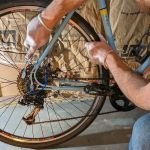 How to Clean and Lubricate Your Bike Chain Like a Pro
How to Clean and Lubricate Your Bike Chain Like a Pro 10 Must-Have Items for Long-Distance Cycling Trips
10 Must-Have Items for Long-Distance Cycling Trips